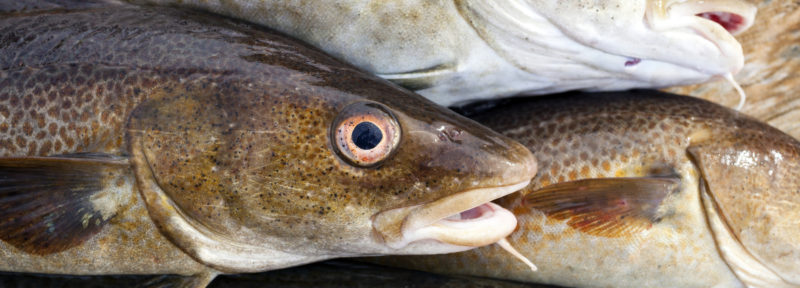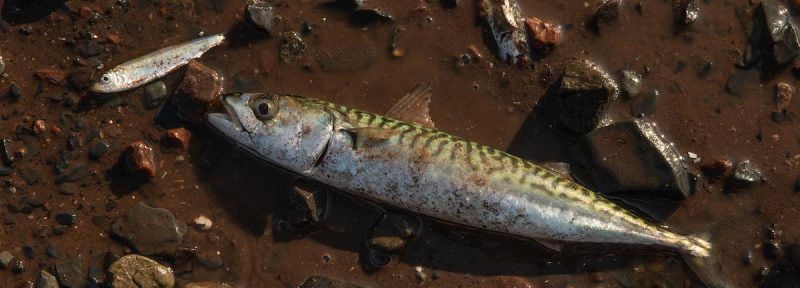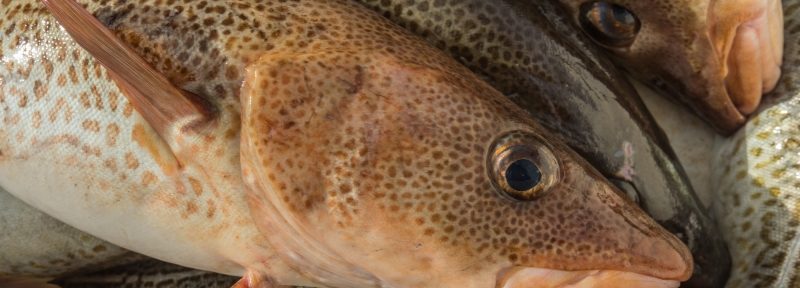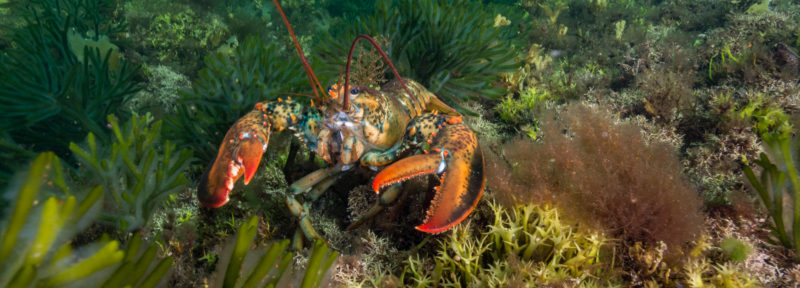Proposed Federal Strategy Won’t Help Rebuild Northern Cod Stocks
A shoal of Atlantic cod swim inside a fishing net.
Crédit : Paulo Oliveira
It appears that Fisheries and Oceans Canada (DFO) has stumbled upon a new and novel way to rebuild cod populations in Atlantic Canada. Twenty-six years after the complete, catastrophic and debilitating collapse of the once-great Northern Cod stock, they are on the cusp of trying something radically different. This comes after attempts to limit the fishing mortality — some more successful and some less — that have allowed some rebuilding.
No, they are not proposing to return to moratoria days. They are not proposing to eliminate bycatch in other fisheries. They are not proposing to close vast tracts of habitat deemed important to cod reproduction and survival. And, no, they are not proposing any substantive change in the conduct of the fishery that might impact how, where or when fish are taken, for all of that has been talked about to the point of exhaustion and ignored to the point of rebuke. Their solution finds its basis in a conclusion that we have experienced since the early 1990s, a regime shift. We are in a different era, a low production era for codfish, when recruitment, growth and biomass levels are not likely to return to pre-1990 levels in the foreseeable future. But that contradicts what DFO’s science division has been saying for some time: that shellfish populations in this same area are declining due to a regime shift in the ecosystem more like that which existed prior to the mid-1990s.
That seemingly glaring inconsistency aside, it’s like you woke up one year and found the trees weren’t growing quite as fast as they were before, their spores and seeds weren’t quite as prolific and the apparently healthy ones were falling over more often. In a situation like this would any self-respecting forestry scientist or manager propose to increase the harvest rate? Of course not.
But that’s exactly what DFO science is contemplating right now in the Northern Cod zone called 2J3KL, as well as in a couple of other areas. Of course, it’s not exactly being portrayed that way. It’s officially a review and a resetting of the “limit reference point.” The limit reference point is the point of abundance that differentiates populations of fish in the cautious zone from those in the critical zone. The resetting of the limit reference point to a lower level allows populations that were classified as critical, and subject to a lower level of exploitation, to be classified in the healthier, cautious zone and subject to a higher level of exploitation. It has nothing to do with any change in fish abundance, just how you view their situation. And it has nothing to do with how you view their situational abundance relative to past abundance but more about how you view their present against their possible future abundances. When I first heard of it I said, they must be completely out of their minds!
Is it innovative? For sure. Is it good for conservation and rebuilding of the cod stocks? Absolutely not. This government has made much of its overhaul of the Fisheries Act and the inclusion of a requirement for rebuilding of depleted fish stocks. This action makes a mockery of the Act and a mockery of the sacrifices of countless thousands of people during the 1990s and 2000s when their forced exit from the fishery was seen as the only way to allow cod a chance to return. Fishing mortality is the only thing we control. Whether the regime has shifted or not, whether natural mortality has increased or not, whether larval survival and recruitment has diminished or not, there is no way that an increase in the fishing mortality by lowering the limit reference point and increasing the target exploitation rate can increase or even allow stability in the rebuilding prospects of 2J3KL cod.
It doesn’t work in the woods and it won’t work in the ocean.
Trevor Taylor is vice-president of conservation for Oceans North.





